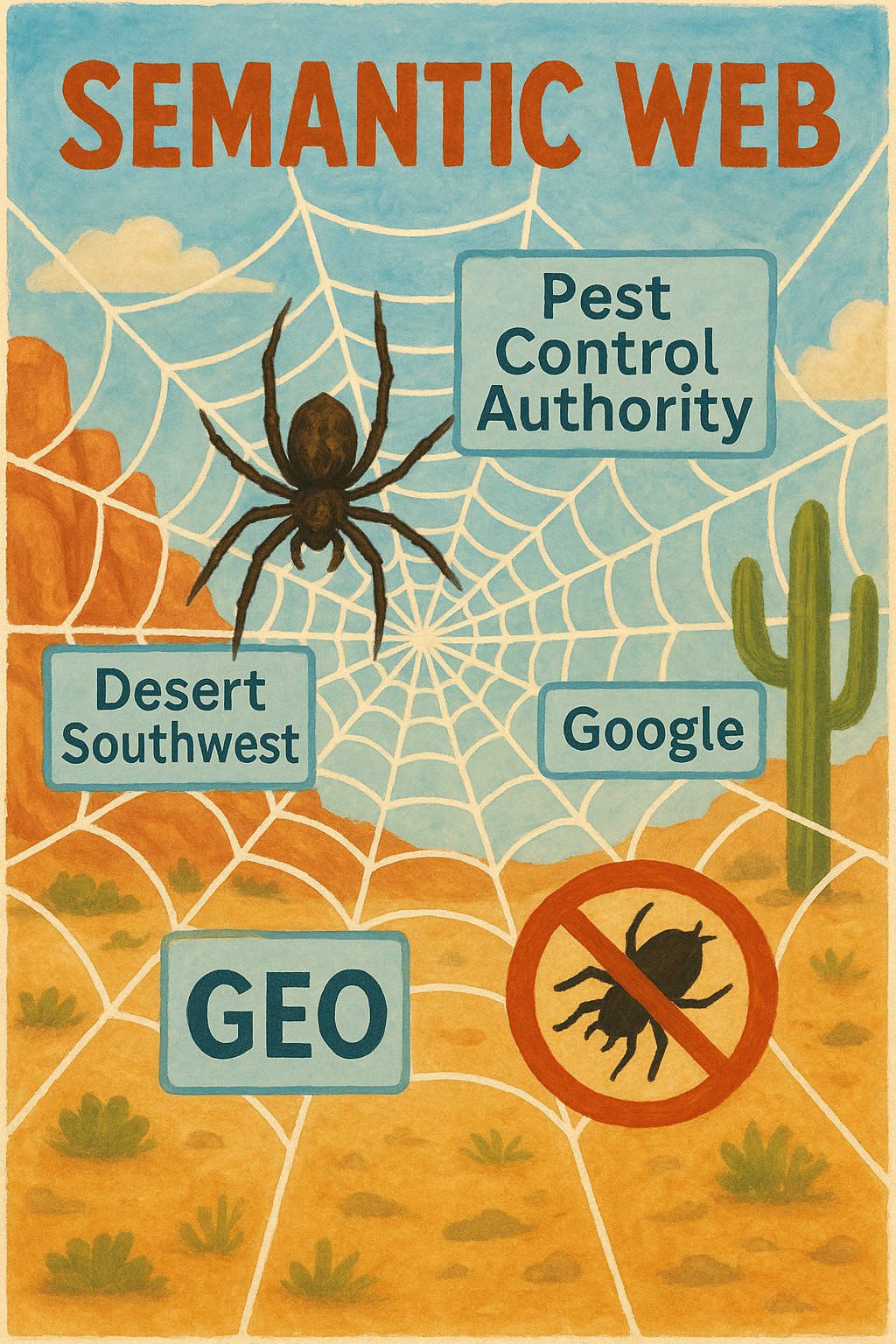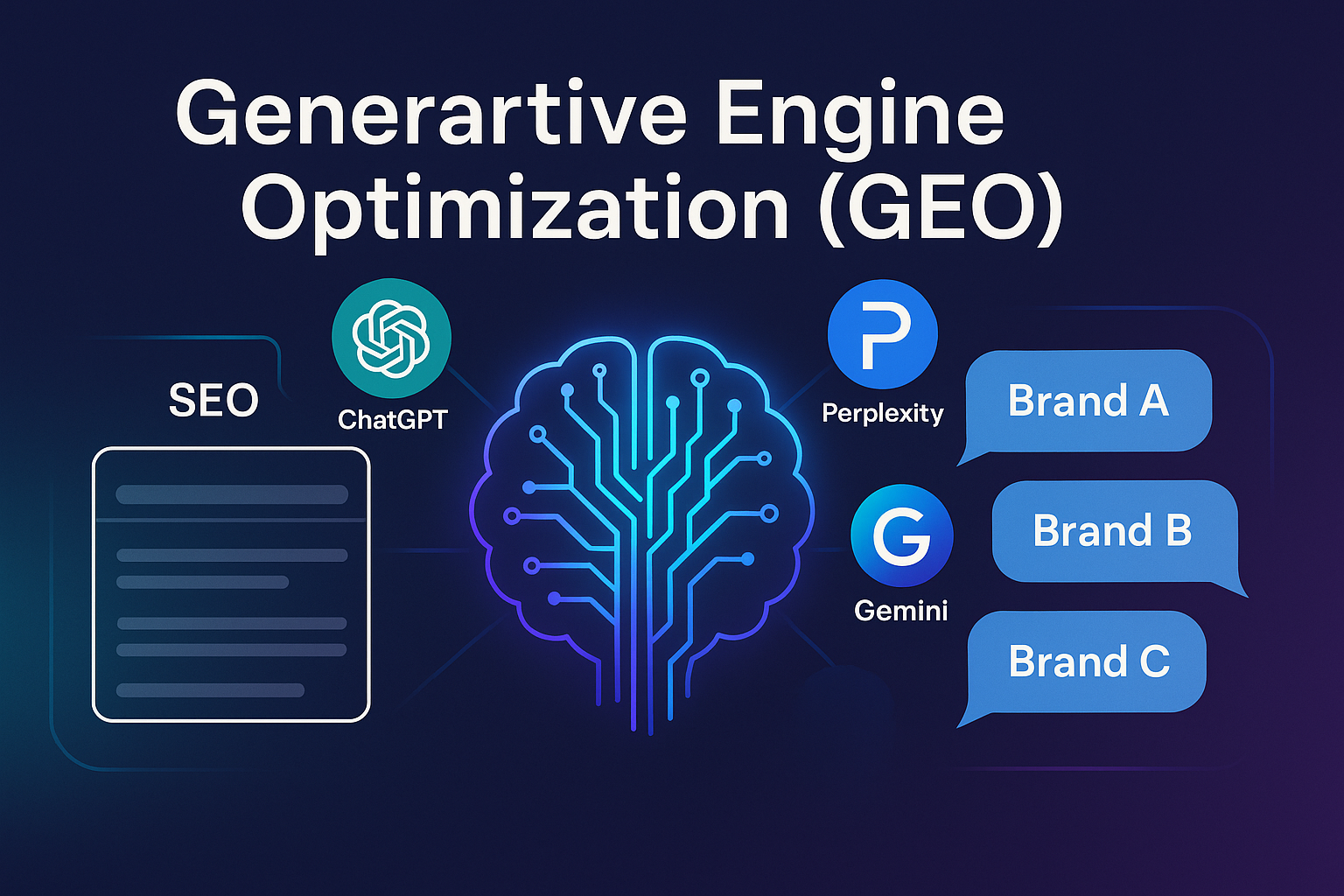If you’ve been diving into Generative Engine Optimization (GEO), you’ve likely heard the term entity recognition thrown around quite a bit. But what exactly is it—and why does it matter more now than ever before?
Let’s break it down in plain English, tie it to real examples, and show how understanding entity recognition could be one of the most powerful GEO tactics in your SEO playbook.
What Is Entity Recognition?
At its core, entity recognition is the ability of a machine (like Google’s search algorithm—or Gemini, ChatGPT, Perplexity, and other generative engines) to identify and understand entities in text.
An entity is basically a “thing” that is distinct and identifiable. Think:

- People: Elon Musk, Taylor Swift, Abraham Lincoln
- Places: Rexburg, Idaho; Yellowstone National Park
- Organizations: BYU-Idaho, Tesla, EPA
- Concepts: Atonement, artificial intelligence, marketing funnel
- Products: Levi’s 501 jeans, iPhone 15, ChatGPT
- Events: General Conference, Super Bowl LVIII
So, when a generative engine scans your content, it’s not just looking at keywords like “digital marketing tips.” It’s parsing for entities like “HubSpot,” “email automation,” and “Google Ads”—and trying to understand how they relate to each other.
Why Entity Recognition Matters for GEO
In the old days of SEO, you could rank with just keyword stuffing and some backlinks. But generative engines don’t work that way. They’re not looking for exact-match phrases—they’re looking for meaning.
That’s where entity recognition comes in.
Generative engines like Google’s Search Generative Experience (SGE) or ChatGPT don’t just pull from keywords; they try to create the most authoritative, interconnected, and semantically rich answers to user queries.
That means if your content is optimized around the right entities—and connects them logically—you’re far more likely to be recommended by a generative engine.
Real-World Example: Optimizing for a Pest Control Company
Let’s say you’re building a GEO-optimized site for a pest control business in Arizona.
Old-school SEO might target:
- “scorpion pest control”
- “best exterminator near me”
- “bug removal services Arizona”
But GEO optimization focuses on entity-rich content:
- Mentioning entities like bark scorpions, desert recluse spiders, Maricopa County, and integrated pest management (IPM)
- Linking those entities to related concepts like EPA-approved pesticides, residential exclusion techniques, and Phoenix metro climate patterns
This creates a semantic web around your content—helping Google or a generative AI model understand that your business is an authority on pest control in the desert southwest, not just a random exterminator.

How Entities Improve Your GEO Ranking
Here’s the simple formula:
Entity-rich content + clear context + internal linking = higher chances of being cited by generative engines.
That’s why Google created the Knowledge Graph—a structured database of interconnected entities. If your content helps Google strengthen or confirm the relationships between entities in its Knowledge Graph, you gain trust. And trust = higher visibility in AI-generated answers.
A few ways this plays out:
- If your blog post says “Dr. Russell M. Nelson, President of The Church of Jesus Christ of Latter-day Saints,” you’re feeding Google two linked entities it already understands.
- If you write “ChatGPT is developed by OpenAI, based in San Francisco,” you’re confirming three known entities and their relationships.
- If you describe “Rexburg’s proximity to Yellowstone and BYU-Idaho’s student population of 20,000,” you’re positioning yourself within a geographical and educational entity cluster.
This is exactly the type of material generative engines love to surface.
GEO Tip: Use Named Entity Recognition Tools
Want to check your content for entity recognition? Try free tools like:
These tools let you paste in your text and see what entities a machine would detect. If you’re seeing mostly generic nouns and not proper nouns, organizations, locations, or concepts—it’s time to enrich your content.
Structuring Content for Entity Recognition
To maximize entity recognition, follow this pattern:
- Use full names and proper nouns.
Don’t say “he” or “it” too much—refer back to the actual entity (e.g., “Elon Musk” not just “he”). - Provide context.
Don’t assume the reader knows the entity. Say things like, “GoHighLevel, a CRM platform for agencies…” - Use schema markup.
Add structured data likeOrganization,Person, andProductschemas to reinforce entities in your HTML. - Link to other credible entity sources.
If you mention the CDC, link to it. If you reference BYU-Idaho, consider linking to its official site. This helps Google validate the entity. - Interlink between related content.
Mention “pest control,” “insect behavior,” and “scorpion treatment” on separate pages—but link them so Google sees a knowledge hub.
GEO & Entities in Action: A Quick Scenario
Imagine a user asks:
“What’s the best pest control method for bark scorpions in Arizona?”
A generative engine like Google SGE scans its sources and finds your blog post:
“In Arizona, bark scorpions (Centruroides sculpturatus) are common in Maricopa County and especially dangerous in desert communities like Scottsdale and Mesa. Using EPA-approved synthetic pyrethroids and sealing home entry points are key components of integrated pest management (IPM), according to experts from the University of Arizona.”
This one paragraph nails it:
- Entities: bark scorpions, Maricopa County, Scottsdale, Mesa, EPA, pyrethroids, IPM, University of Arizona
- Relationships: It ties the pest to location, methods, and authorities.
That’s prime GEO material—and the kind of snippet that might end up directly quoted in AI-generated answers.
Final Thoughts: Think Like a Machine (Just a Bit)

You don’t need to write like a robot—but you do need to help the robots understand what you’re saying.
GEO is about creating content that’s helpful for humans and legible to machines. Entity recognition bridges that gap.
So next time you’re writing a blog post, product description, or local landing page, ask:
- What are the main entities I’m discussing?
- Have I been specific and clear about them?
- Would a machine know who, what, and where I’m talking about?
Because if you want AI to recommend your content, you’ve got to speak its language—and that starts with entities.
Want to see more GEO-focused content strategies?
👉 Visit the GEO Hub on kentlundin.com



